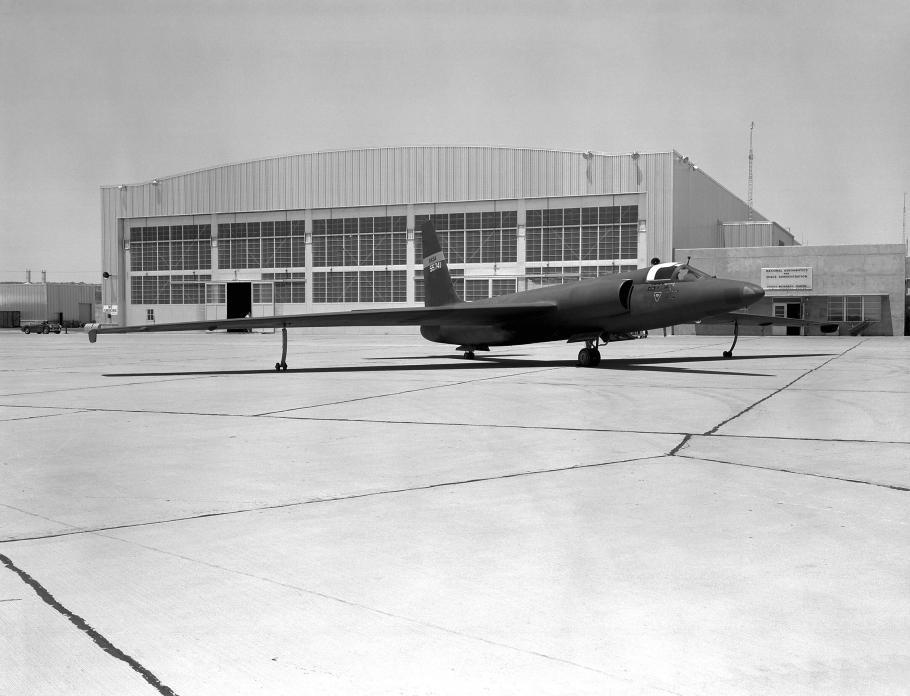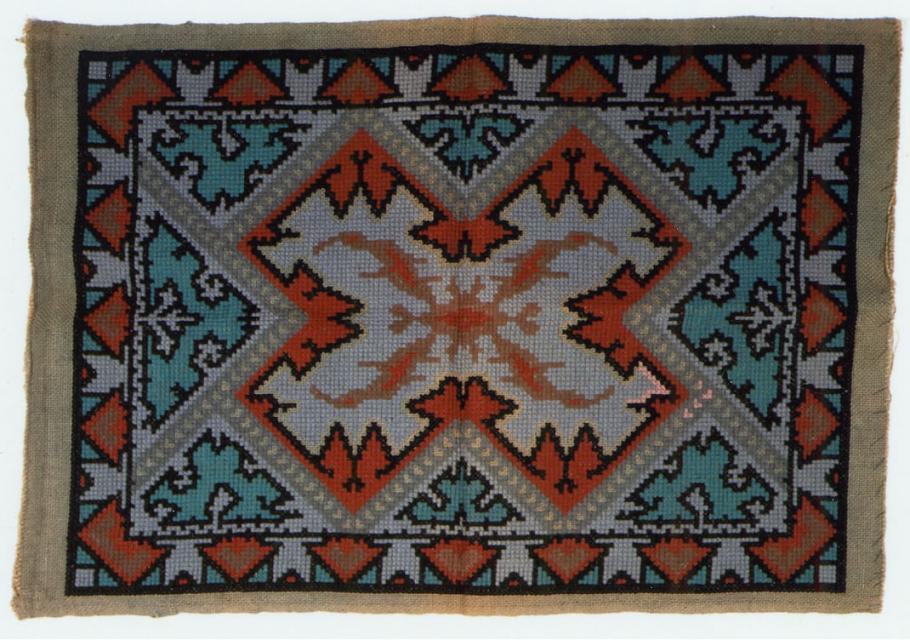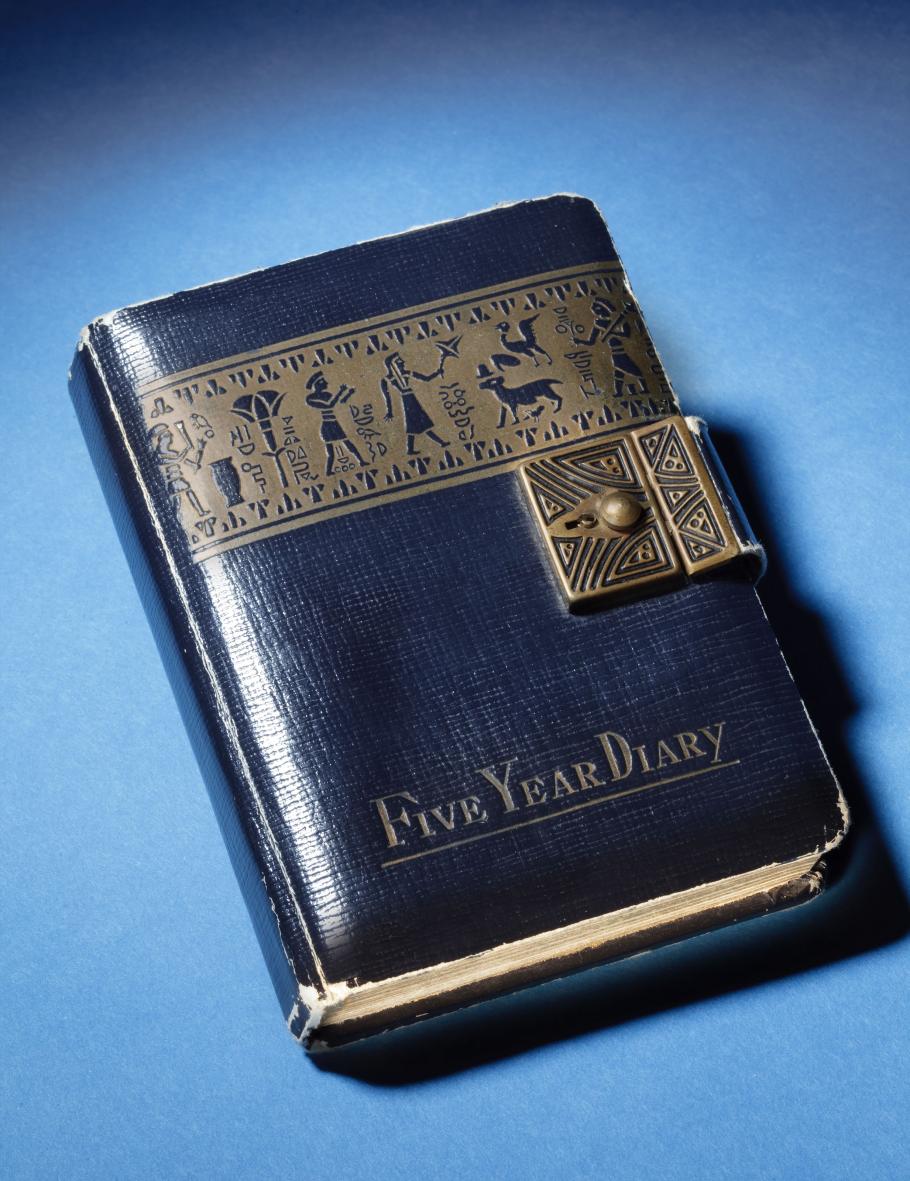I recently attended a screening of Bridge of Spies, a new movie directed by Steven Spielberg and starring Tom Hanks. Purportedly, Bridge of Spies was inspired by events surrounding the 1962 exchange of U-2 pilot Francis Gary Powers and graduate student Frederick Pryor for Soviet spy Rudolph Abel. The movie event was sponsored by Virginia’s Cold War Museum which was co-founded by Francis Gary Powers, Jr., who was also in attendance and served on a Q&A panel after the film.
I didn’t expect a documentary, but as someone who is a stickler for historical accuracy and someone especially familiar with this story, the movie was a disappointment. A quick survey of the missteps taken in the production of this film—its “dramatic license” or “artistic liberties” taken, if you will—point to a larger difficulty in promoting accurate historical narratives in public consciousness. While this movie is billed as a docudrama and the words “inspired by true events” roll with the opening credits, many movie-goers will leave the theater believing that the narrative they just watched was an accurate historical representation. This is in large part due to the use of the real names of historical figures, and quasi-accurate imaginings of actual circumstances. I am not here to bash the film, nor do I need to point out every inaccuracy therein. Instead, I’d like to take this opportunity to correct a few misconceptions about the U-2 and the Gary Powers incident that I encounter with stunning frequency, and which were further propagated in Bridge of Spies.
MYTH #1: “YOU CANNOT BE CAPTURED”
No one in the U-2 program was told to commit suicide. Yes, at the beginning of the program, the CIA dispensed cyanide pills to U-2 pilots. These were intended for use only if the pilot were so gravely injured that he favored euthanasia. In one scene from the movie, an instructor explains to his pilots the use of a needle that you can scratch yourself with to cause death (via shellfish toxin). Indeed one of these pins was created, but only one, because if the occasion ever came where a pilot would want to use such a device, the U-2 Soviet overflight program would be concluded. I understand that the idea of military-mandated suicide adds to dramatic intrigue, which is probably why it’s the most persistent myth I’ve encountered with regard to the U-2 program, but it’s simply not true.
MYTH #2: THE U-2 WAS STEALTHY.
In the later 1960s, some U-2s were outfitted with ineffective antiradar attachments and nicknamed “dirty birds,” but the U-2 was not initially envisioned as a stealthy aircraft. From the very first overflight, the Soviet Union could track the U-2 on radar. The asset of the U-2 was not stealthiness, but its high-altitude capability. In fact, its large wingspan surface area made it rather easy to detect. The Soviets just didn’t want to loudly admit that there was a plane flying in Soviet airspace that they couldn’t hit with a surface-to-air missile (SAM) and that flew above the range of interception by contemporary MiG aircraft. Further, the CIA director at the time, Allen Dulles, and others affiliated with the U-2 program knew that it was only a matter of time before a MiG could fly high enough to intercept (or collide with) a U-2 or a SAM attack would bring one down. So while the USSR did call for an end to overflights, their primary strategy was to wait until they had developed their own air defense systems which could shoot down the U-2. Which they did. Kinda. Which leads to our next myth.
MYTH #3: POWERS’ PLANE WAS HIT, AND ON HIS FIRST FLIGHT, NO LESS.
A SAM exploded somewhere to rear of Powers’ U-2; it did not make contact. Now, if a SAM explodes within 200 feet of most aircraft, the amount of proximate explosive residue will serve just about as effectively as a direct hit. But in fact, it is more likely that a nearby Soviet MiG-19 was what drew the SAM fire, as that plane was hit directly and its pilot killed. The U-2, to reiterate, was not hit. Yet this myth persists and has led to the propagation of yet another myth. The film makes a particularly egregious error in asserting that Powers was shot down during his first flight, insinuating that his fall was due to pilot error. Nothing could be further from the truth; they never would have let a rookie pilot fly this mission. Francis Gary Powers was selected because he was the most experienced U-2 pilot in the program; he had flown 27 missions, including over the USSR and China, and had logged more than 500 flight hours in the U-2. He was shot down completing Operation Grand Slam, what would have been the first full traversal of the Soviet mainland, charting a path from Pakistan to Norway. This was an incredibly risky mission because during such a long flight, improved Soviet air defenses would have more time to track and shoot down a plane. The date of the flight, May 1, 1961, May Day, was also unfortunate. Soviet air operations were largely suspended in favor of celebration and any aberrant aircraft would be easily detected on radar.
MYTH #4: THE U-2 COULD SELF-DESTRUCT.
If a U-2 fell, its debris would be found. There was a small mechanism onboard which could destroy the camera, but to carry a device that would blow up the entire plane in the event of a bailout would have added excessive weight to the craft and would have limited its altitude. Every measure was taken to limit the weight of the aircraft so that it could climb higher. For example, all of the U-2s were initially unpainted so as to avoid weight that would sacrifice altitude, although by the time of Powers’ flight the U-2 was painted black on top and blue on bottom. This being the case, the potential recovery of plane wreckage was a foregone conclusion since the very beginning of the program. And this is important because it underscores the falsity of a final myth.
This rug was knitted by U-2 pilot Francis Gary Powers. Powers was flying a U-2 reconnaissance mission over the Soviet Union when he was shot down in May 1960. He spent almost 21 months in prison in the Soviet Union. When released, Powers hid his personal diary and journal in this rug and carried them out of the Soviet Union.
MYTH #5: POWERS WAS TORTURED FOR HIS SECRETS or POWERS HAD SECRETS.
In the film, aboard the flight returning him to the United States, Powers asserts, “I gave ‘em nothing. I gave ‘em nothing.” Well, that was because he didn’t have anything to give. This is why there wasn’t any suicide doctrine; if a plane were recovered, it’d tell far more than the pilot ever knew about its construction or missions. Powers’ plane was found largely intact and his belongings were also recovered, including his identification and “survival kit” goods such as gold watches to barter if downed in enemy territory. Powers, according to testimony provided in the diary he kept while imprisoned, was treated very well by Soviet guards and spent most of his days cross stitching rugs, his primary concern being speculations that his wife back home was having an affair. Powers probably suffered more greatly when treated as persona non grata back in the United States, despite official acceptance of his debriefing. I’ll stop here with the myth-busting. My final thought, however, is that the exceptional service record of the U-2, one that has lasted more than 50 years, is far more interesting than any one incident. We should move away from depictions of this aircraft that focus on a narrow time period within the U-2’s already brief stint with the CIA. Our U-2C, for example, was operated by the CIA from a number of bases, but also went on loan to the Air Force and served in Vietnam and, later under Air Force ownership, operated from British bases in the Middle East, during which time it acquired its camouflage paint scheme. The Gary Powers artifacts that are currently on display below our U-2C only tell one story. The long, distinguished, varied career of this unique bird has even more stories to tell.




